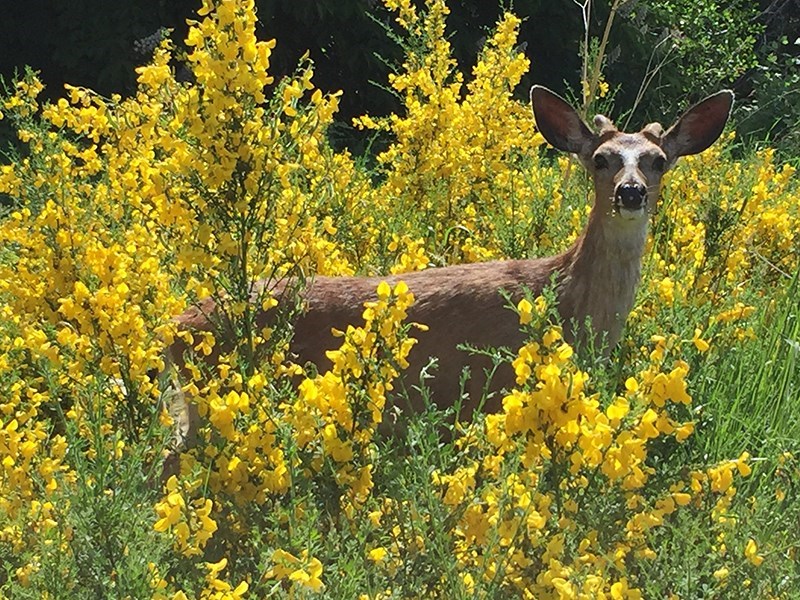While some invasive plants reveal their peskiness with thorns, others woo us with their fragrant blossoms and berries. Ask any two gardeners to name the worst weeds and you may get vastly different responses based on their experiences.
Essentially, however, we label certain plants invasive - a step beyond a mere weed - because they are particularly good at taking advantage of conditions conducive to their growth. It’s almost admirable. From toxic sap to prolific seed production to rhizome roots or the ability to survive in less than ideal conditions, invasives don’t usually go down without a fight.
To qualify as an invasive, a plant must be an introduced species, meaning it’s not native to the local area. Beyond this, it must also have qualities that harm the local ecological balance or be a danger to people.
Invasives tend to establish themselves quickly in a new area, and so spread rapidly while outcompeting all surrounding vegetation. Again, kind of impressive, if annoying.
Top invasives on the local hit list include knotweed, giant hogweed, ivy, broom, butterfly bush and blackberry. There certainly are others, and the handy Report-a-Weed BC phone app includes a thorough list with accompanying photos.
If you notice invasives while out exploring, you can report sightings anywhere in the province. Entering your submissions will place them on a map that can then coordinate local efforts to manage them.
Locally, qathet Regional District will be offering free drop-off of invasives this May. A change in location brings the event to Sunshine Disposal & Recycling at 4484 Franklin Avenue and residents can drop off on Wednesdays, Fridays and Saturdays from 10 am to 4 pm during the entire month. This location is also the free drop-off site for yard waste and food scraps (up to two yards) for the community composting pilot project. Please ensure invasives are removed from those loads.
Broom Busters, led by Powell River Fire Rescue fire chief Terry Peters, will go on the offensive against this pervasive invasive as they do annually. This year, there has been some grant funding allocated for removal along the highway, and those interested in participating are asked to contact Terry by email at [email protected].
When managing broom, pull small plants from the roots, and cut larger ones at the base before they bloom. Seed pods of broom burst in heat, so be mindful when storing or transporting these to avoid counterproductive work.
Knotweed is particularly tough to manage, often requiring injection directly into the plant in order to eradicate it, while other invasives need only be cut and left in the sun to dry out their remaining life. Do your research and be cautious when managing giant hogweed as its sap is photo-reactive and capable of causing burns to exposed skin.
Many less resilient weeds are great to use in a homemade liquid fertilizer, often called compost tea. Toss in dandelions, comfrey, horsetail and other prolific greens into water, stirring occasionally for a week. Water down the resulting brew, spray directly onto plants and see the magic they work over time.
There is a place for everything, it would seem. Even the most infamous of invasives are touted for their medicinal value or capacity to bring up nutrients from the depths to the top soil. With a little discernment, we can navigate life alongside all our plant friends. Happy gardening!
Let’s Talk Trash is qathet Regional District’s waste-reduction education program. For more information, email [email protected] or go to LetsTalkTrash.ca.



